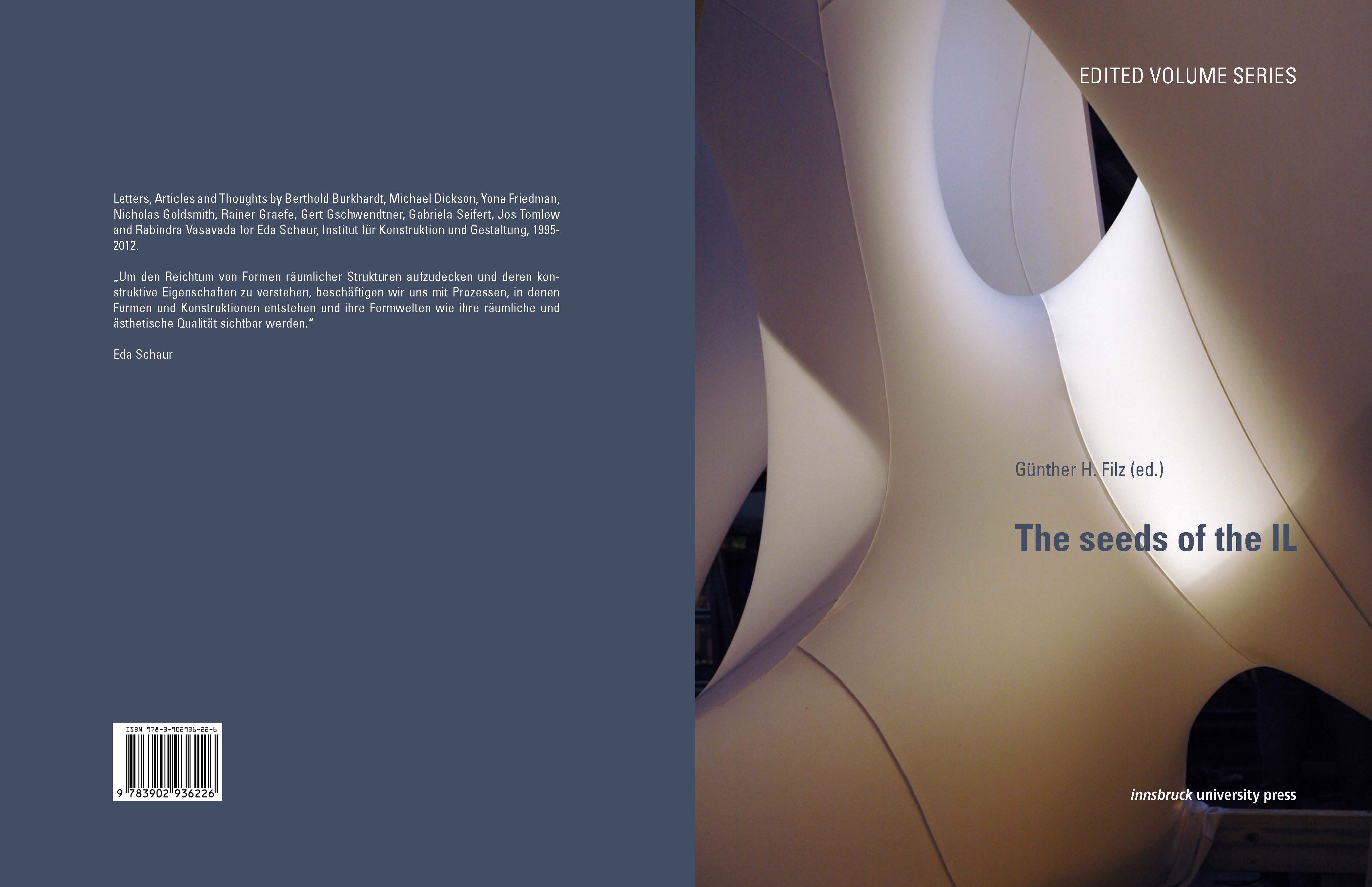Christoph Gengnagel is Professor at the University of Art, Berlin, School of Architecture, Chair for Construction and Structural Design. He is also co-founder and partner at a.k.a ingenieure München. The research activities of his department focuses on design, development and analysis of innovative materials and construction systems. This is based on the use of digital design and analysis tools and the prototypical study of the possible applications of traditional and new materials. The objective is to develop simple solutions to complex technical issues.
Bauingenieurstudium an der Bauhausuniversität Weimar, Diplom 1992. Architekturstudium an der TU München, Diplom 2001. Seit 1993 Ingenieurtätigkeit als Tragwerksplaner. Seit 1999 eigenes Ingenieurbüro a.k.a.ingenieure in München. Von 1998-2004 wissenschaftlicher Assistent am Lehrstuhl für Tragwerksplanung der Fakultät Architektur der TU München. 2005 Promotion zum Thema “Mobile Membrankonstruktionen” an der TU München. 2006 Berufung zum Universitätsprofessor Lehrstuhl für Konstruktives Entwerfen und Tragwerkslehre am Studiengang Architektur der Universität der Künste Berlin. Seit 2007 Direktor des Instituts für Architektur und Städtebau der UdK Berlin.
Workshop:
Der Kurs vermittelt Kenntnisse zu den Themen Formfindung, Tragverhalten und Konstruktion von einfach und doppelt gekrümmter Flächen- und Stabtragwerken. Schwerpunkte sind dabei Wirkungsweise und Einsatzmöglichkeiten von elastische Biegung als Formgebungsverfahren für diese Konstruktionen (Active Bending). Das Potential dieses Konzepts wird vertiefend am Konstruktionstyp der Elastischen Gitterschalen untersucht. Mit Hilfe physischer Modelle sollen im Rahmen eines Entwurfsworkshops auf einfache und anschauliche Weise die Grundprinzipien vermittelt, erprobt und in einem eigenen Entwurf angewendet werden.
Lecture:
“NFRP Profiles for Active Bending”
Materials suitable for active bending applications include timber, glass and carbon fibre reinforced composites and natural fibre reinforced composites (NFRP). Investigation of the mechanical properties, fabrication, and structural applications of NFRPs reveal the positive potential for their use in constructions in combination with elastic bending as form generator. Emphasis is given to the environmental advantages of NFRP’s and the fabrication process of pultrusion. The potential use of elastically bent elements are presented in a case study of prototyping an irregular meshed elastic gridshell with 10m span.




